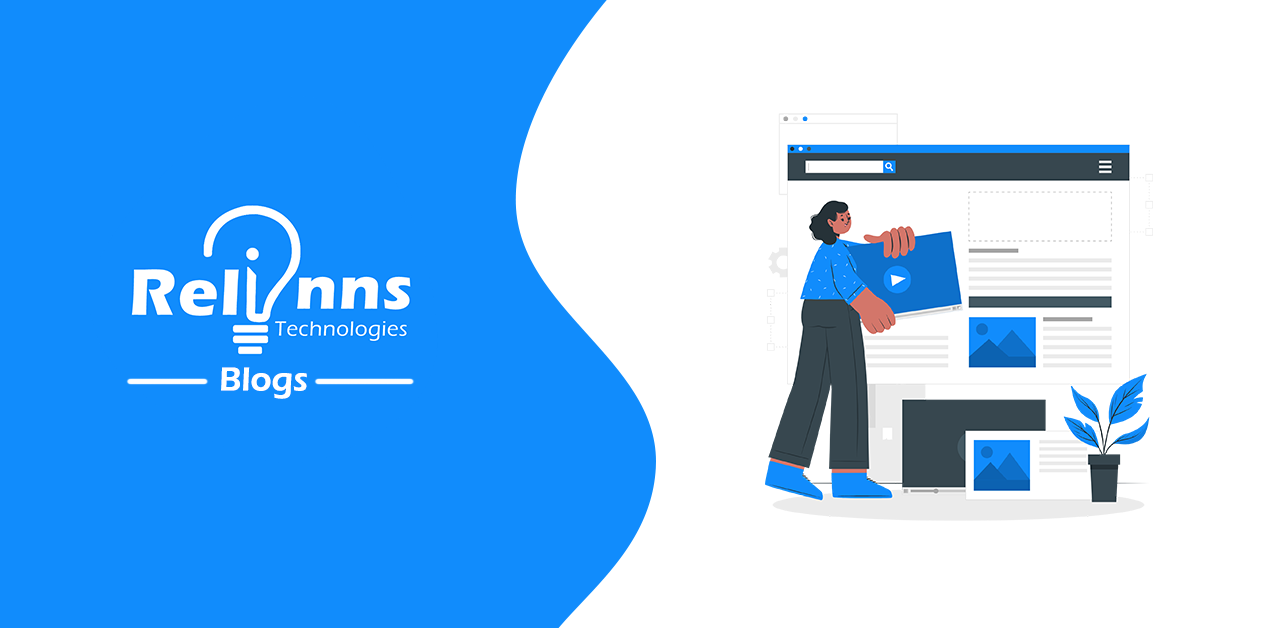7 FAQs you need to know when Interviewing for an iOS Job
Posted on November 24, 2022 at 08:00 AM
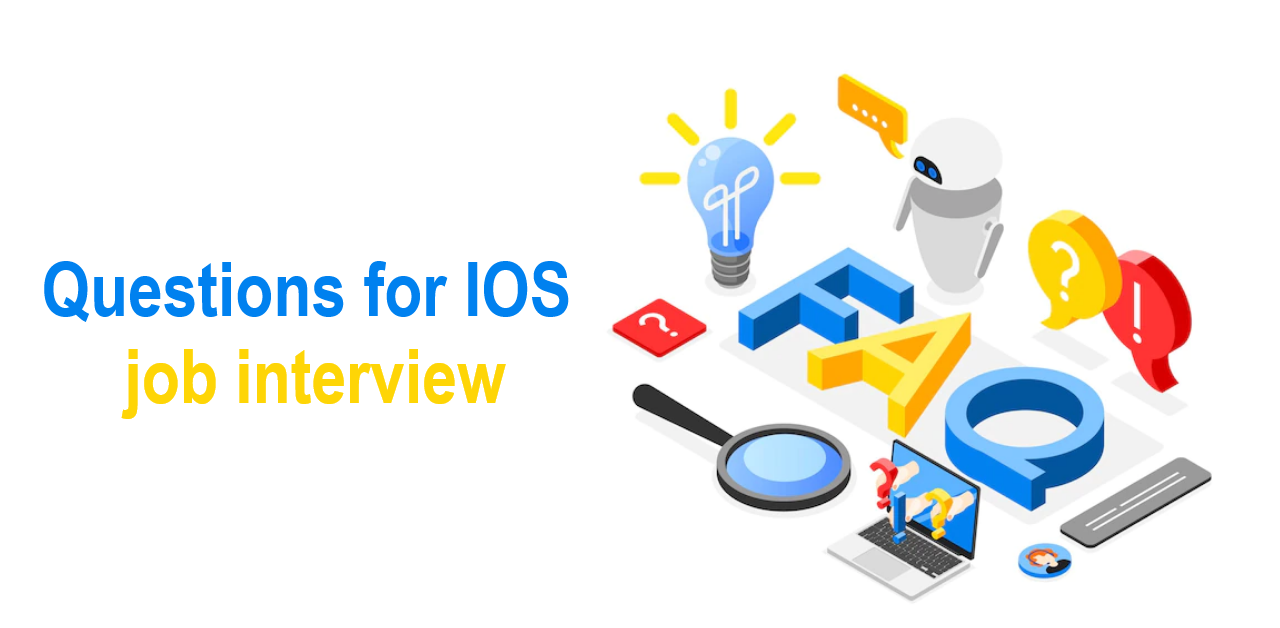
Introduction
Today, there are around 2.8 million iOS developers worldwide, and this number is only about to increase in the coming years.
More and more graduates in India gravitate toward iOS development since Indian iOS developers earn between ₹ 2.0 lakhs and ₹ 13.0 lakhs (with an average annual salary of ₹ 5.0 lakhs).
Since the competition will only get tougher, becoming well-versed in your field is mandatory.
Nothing can replace the value of dedication and hard work. However, learning these frequently asked interview questions can help budding iOS developers get internships and Kick- start their careers!
7 FAQs you need to know when interviewing for an iOS job.
1. What is the difference between “app ID” & “bundle ID”? Explain why we use them.
A two-part string called an App ID is used to identify one or more applications from the same development team.
The string has two parts: a Team ID and a bundle ID search string, with a period (.) separating them.
Apple provides the Team ID, which is specific to a single development team.
In contrast, the developer provides the bundle ID search string, which can match either the bundle ID of a single application or a set of bundle IDs for a collection of apps.
Each app’s bundle ID is unique and is specified in Xcode.
There are numerous targets that an Xcode project can have, and as a result, many different apps can be produced.
An app with both lite/free and pro/full versions, or one with multiple branding options, is a common use case.
2. What do “Objective-C” and “Swift” mean?
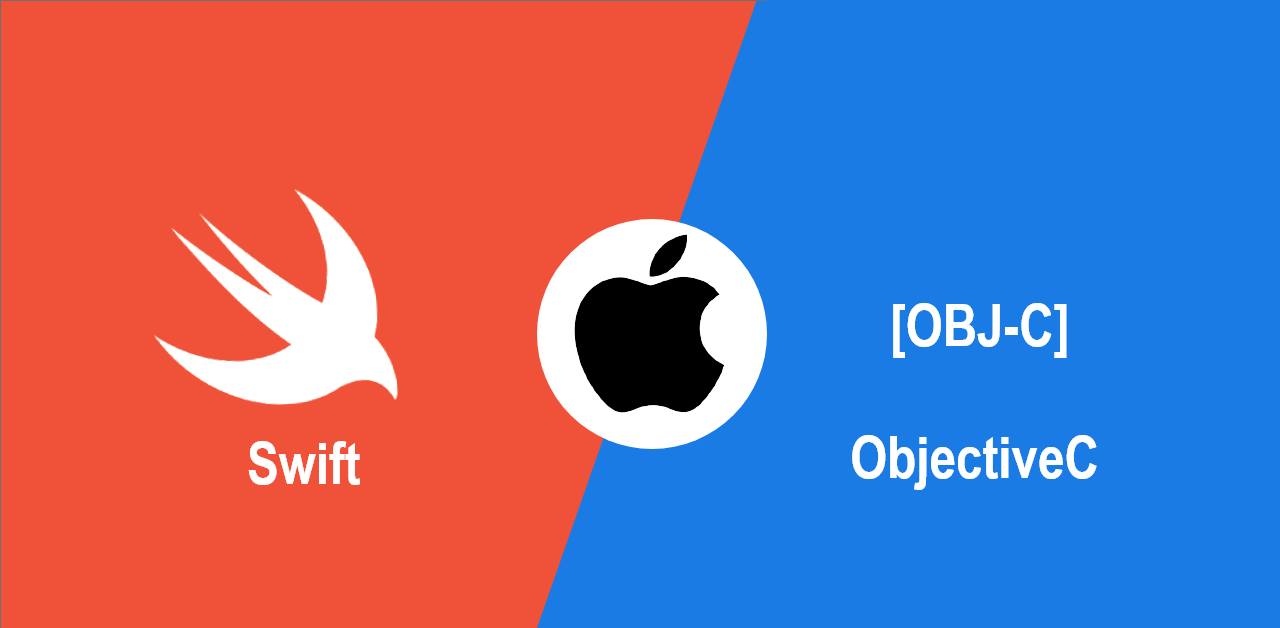
Writing software for OS X and iOS requires the use of Objective-C. It offers object-oriented capabilities and a dynamic runtime and is a superset of the C programming language.
In addition to adding syntax for defining classes and methods, Objective-C inherits the primitive types, syntax, and flow control statements of C.
It also provides dynamic typing and binding, deferring many tasks until runtime, and adds language-level support for object graph management and object literals.
Swift is a new programming language for OS X, iOS, watchOS, and tvOS apps with no C compatibility restrictions.
It builds on the best features of C and Objective-C.
Swift adopts secure coding practices and incorporates contemporary features to make programming simpler, more flexible, and more enjoyable.
3. What options do you have when deciding how the elements in a ‘UIView’ should be laid out?
Here are a few typical approaches to specifying how elements are arranged in a UIView:
- You can add a XIB file to your project using InterfaceBuilder, arrange elements inside of it, and then load the XIB in your application code (either automatically, manually, or based on naming conventions). We can also create a storyboard for our application using InterfaceBuilder.
- To have elements in a view organized by Auto Layout, you can use NSLayoutConstraints in your own code.
- In the UIView’s (id)initWithFrame:(CGRect)frame method, you can make CGRects that specify each element’s exact coordinates.
4. Explain the various iOS application states.
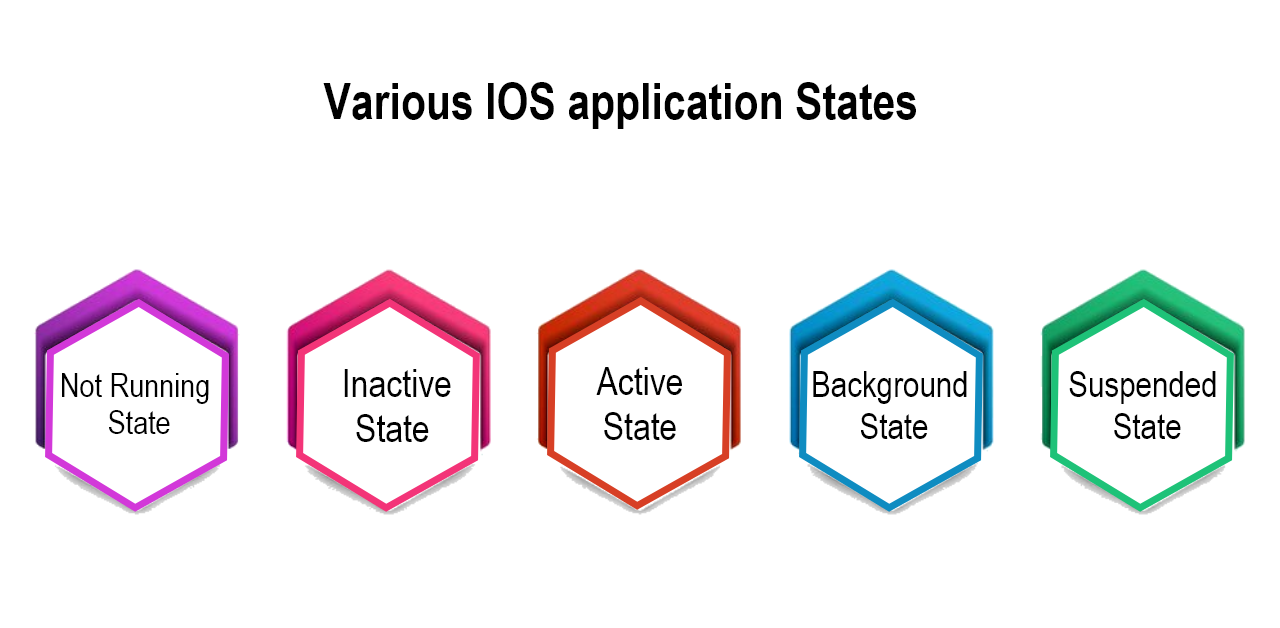
The various iOS application states are as follows:
-
Not-Running state
When an app is not running or has been stopped by the system.
-
Inactive state
It is the state when the application is running in the foreground but not receiving any events. An app briefly remains in this state as it transitions to a different state.
It goes inactive only when users lock the screen or the system asks them to respond to an event like a phone call or SMS message.
-
Active state
When the application is active in the foreground and receiving events. Foreground apps generally operate in this mode.
-
Background state
It is the state in which the application is running in the background and executing code. Most apps pass through this state briefly before being suspended.
On the other hand, an app that requests additional execution time may remain in this state for some time.
In addition, an app that is launched into the background enters this state rather than the inactive state.
-
Suspended state
A suspended app still occupies memory but does not continue to run any code.
The system may purge suspended apps without warning to free up memory for the foreground app when a low memory condition arises.
5. What is the difference between “Viewdidload” and “Viewdidappear”?
The primary difference between the two are:
Viewdidload:
- Viewdidload is called when it is loaded into memory.
- If the data is relatively static and likely to change, Viewdidload can be used to load it.
Viewdidappear:
- Viewdidappear is called when the view appears on the device.
- In the UI, you can draw or carry out any layout tasks.
6. Mention some of iOS 14’s features.
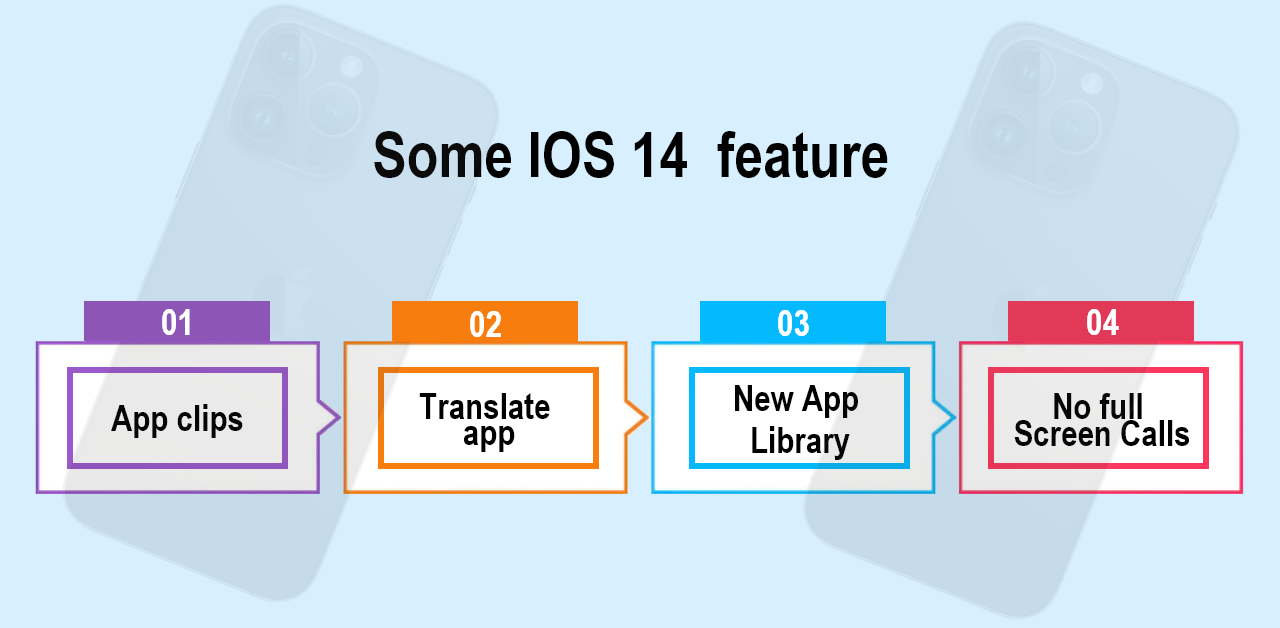
The following are some of iOS 14’s features:
- App Clips
- Translate app
- New App Library
- No full-screen calls
- Home screen redesign
7. What do “weak” and “strong” references mean? How can they be applied to prevent memory leaks?
Any variable that references another object by default does so with what is known as a strong reference.
A retain cycle takes place when two or more objects possess “reciprocal strong” references (it means strong references to each other).
ARC (iOS’s Automatic Reference Counting) will never eliminate such objects.
Due to their strong mutual references, these objects will continue to exist even if every other object in the application releases ownership. This results in a memory leak.
Therefore, it is best to steer clear of “reciprocal strong” references between objects.
Nevertheless, using weak references when they are required is a way to prevent this kind of memory leak.
The retain cycle can be broken, and the memory leak can be prevented by designating one of the two references as weak.
Consider the objects in the retain cycle as parents and children when deciding which of the two references should be weak.
In this situation, the parent should keep a strong reference to (and ownership of) its child, but the child shouldn’t keep a strong reference to (and ownership of) its parent.
Conclusion
A growing number of companies are hiring iOS developers who know iOS development inside and out, as well as demonstrate exceptional soft skills.
You can refer to these 7 FAQs directed at aspiring iOS developers to check your level of preparation.
We advise you to expect other questions from your interviewer and not blindly cram these questions for iOS developers.
Are you looking for an internship?
You can also interview for the said role at Relinns Technologies and bag an internship here!
We believe in producing the best apps and products and offering the best services.
Apart from that, we give wings to young talent by guiding them throughout their internship and stay at Relinns Technologies.
Visit Relinns Technologies for more details!
Related Posts
We could talk tech all day. But we’d like to do things too,
like everything we’ve been promising out here.

